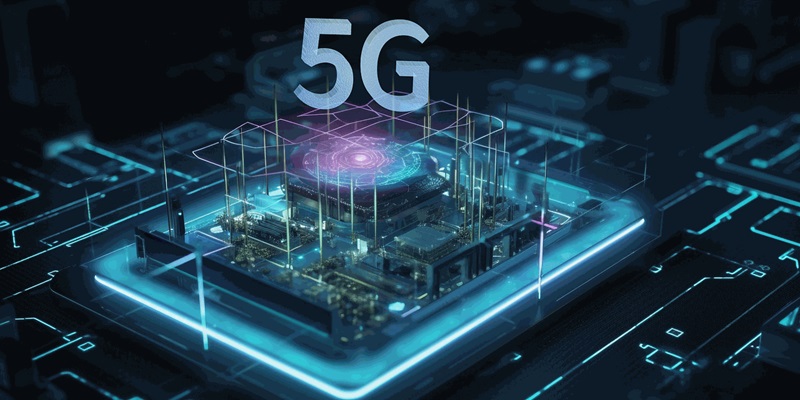The world is on the brink of a wireless revolution with the emergence of small cell 5G networks. As the fifth generation of wireless technology continues to evolve, the potential of these networks is becoming increasingly evident. Small cell 5G networks not only offer lightning-fast speeds, but also provide seamless coverage and capacity, making them a key component of the future of connectivity.
Low-power, Short-Range Base Stations
Small cells are defined as low-power, short-range base stations that are designed to serve localized areas. Their compact size and low power requirements make them ideal for deployment in densely populated urban areas, where there is a high demand for wireless connectivity. In urban areas with a high concentration of users, there is a critical need for enhanced network coverage and capacity. Small cells can be strategically placed in these regions to ensure reliable and efficient connectivity, even in crowded environments.
Interconnected Cells Creating a Seamless Network
Small cells work together, creating a network of interconnected cells. These cells hand off traffic from one cell to another, ensuring continuous coverage and minimizing interruptions during device movement.
Providing Extensive Coverage and Capacity
By forming a dense network of small cells, coverage gaps are effectively eliminated, and users benefit from consistent network quality and capacity. This enables users to enjoy uninterrupted connectivity regardless of their location within the network.
Advantages of Small Cell 5G Networks
Perhaps the most notable advantage of small cell 5G networks is their ability to deliver significantly faster speeds. With near-instantaneous downloads and uploads, users experience an unprecedented level of efficiency and productivity.
Reduced Latency for Enhanced Real-Time Communication
Small cells reduce latency, enabling real-time communication between devices and applications. This reduction in delay enhances user experiences, making activities like video conferencing, online gaming, and live streaming incredibly smooth and seamless.
Ability to Handle a Massive Number of Connected Devices
Small cell networks are designed to handle the vast number of connected devices in today’s world. This capability is particularly significant in crowded areas where multiple devices are accessing the network simultaneously. Moreover, it paves the way for the Internet of Things (IoT) by accommodating the ever-growing number of smart devices.
Applications in Various Industries
1. Healthcare: The healthcare industry can tremendously benefit from small cell 5G networks. Doctors can remotely monitor patients in real-time, enabling timely interventions and enhancing patient care. Additionally, wearables and medical devices can seamlessly transmit health data, facilitating early diagnosis and personalized treatments.
2. Manufacturing: The implementation of small cell 5G networks in manufacturing can lead to increased automation and efficiency. With ultra-low latency, machines can communicate with each other in real-time, optimizing production processes and reducing downtime. This advancement accelerates the transition to Industry 4.0 by enabling the implementation of technologies like robotics, artificial intelligence, and machine learning.
3. Smart Cities: Embracing small cell 5G networks allows smart cities to improve traffic management, energy consumption, and public safety. The real-time connectivity and low latency empower traffic management systems to accurately monitor and respond to changing traffic patterns, reducing congestion and enhancing travel experiences. Moreover, energy providers can leverage the network to enhance energy distribution, minimize wastage, and improve sustainability. In terms of public safety, small cell networks enable efficient surveillance systems, emergency response systems, and remote monitoring of critical infrastructure, making cities safer and more resilient.
As we stand at the dawn of the small cell 5G revolution, the potential and advantages of global small cell networks become clear. With their lightning-fast speeds, reduced latency, and ability to handle massive device connectivity, these networks are set to transform industries, enhance user experiences, and pave the way toward a connected future. As technology continues to advance, it is thrilling to imagine the future possibilities that small cell 5G networks will unlock, making the world more connected than ever before.

